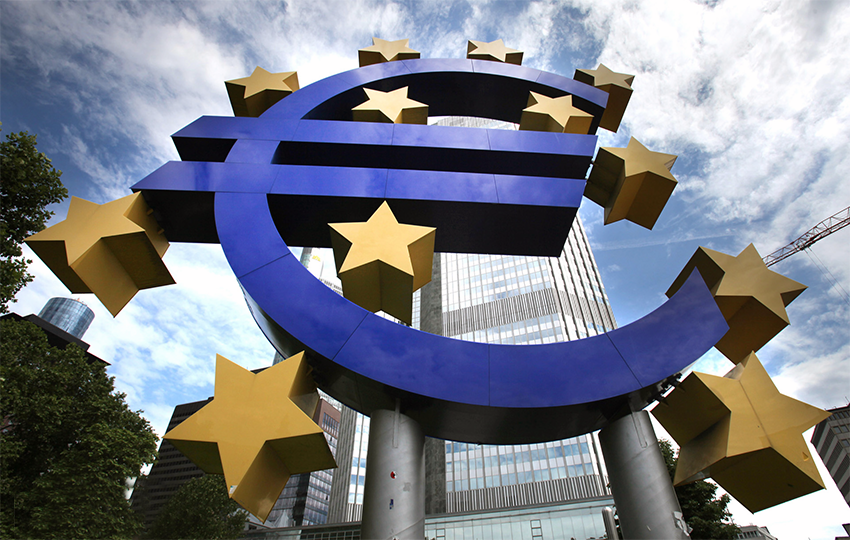The long-term budget sets out the EU’s long-term spending priorities and limits.
The EU budget finances activities ranging from developing rural areas and conserving the environment to protecting external borders and promoting human rights. The Commission, the Council, and Parliament all have a say in determining the size of the budget and how it is allocated. But it is the Commission that is responsible for spending. The EU countries and the Commission share responsibility for about 80% of the budget.
Drafting the budget
The budget is decided jointly by the Commission, the Council, and Parliament. The Commission submits a draft to the Council and Parliament for their consideration. They can make changes; if they disagree, they have to work out a compromise.
Each year’s budget sets out the amounts agreed in advance according to a plan known as the multiannual financial framework. This enables the EU to plan its funding programmes effectively for several years in advance. The current framework runs from 2014 to 2020.
Read more about the EU’s budgetary procedure
Managing EU funds
The ultimate responsibility for allocating the budget lies with the Commission. However, national governments manage about 80% of EU funds. Where undue payments have been made, the Commission works with the EU countries concerned to recover the money. To ensure transparency, organizations, and companies that receive EU funding are on public record.
What the money goes on
The EU budget breaks down into about 6 areas of expenditure.
Currently, the largest share goes on creating growth and jobs and reducing economic gaps between the EU’s various regions. Agriculture, rural development, fisheries, and environmental protection also account for a major share. Other areas of expenditure include combating terrorism, organized crime and illegal immigration.
EU budget at a glance
Find out how much the EU spends in your country, on what and how it does compare to other countries and where the money comes from.
Retrieved from https://europa.eu




